Unearthing the history beneath your feet
The historic city of York is situated in the county of, yes, you guessed it, Yorkshire, often known locally as “God’s own country”. York is the perfect location for a cultural mini-break and somewhere where you can immerse yourself in centuries of history.
Slip on your comfy shoes and unwind as you meander around York’s ancient streets, attractive lanes and discover its captivating charm.
York is a beautiful city to visit all year round and such a pleasure to explore, particularly around the Shambles and Minster Yard.
The Cathedral city of York is reasonably easy to navigate on foot; there are plenty of notable landmarks to visit and many historical sights to see throughout York’s charismatic streets.
Our visit to York was part of our Yorkshire EV road trip.
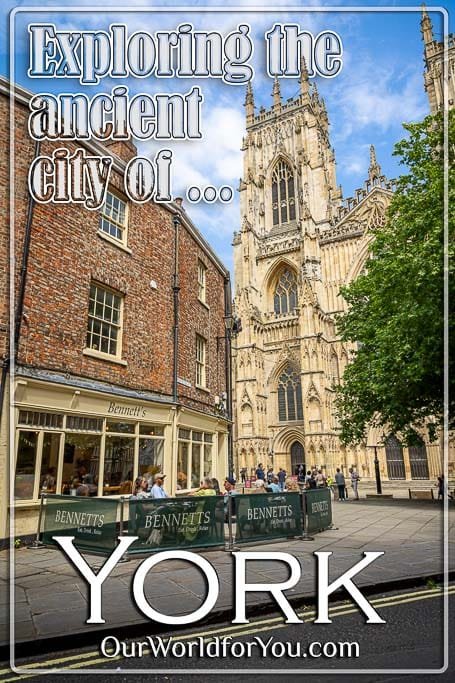
Where is York?
How to get to York
- By Train
York’s central station is easily accessible from many UK cities.
- By Coach
You can travel to York via National Express coaches, which offers a direct service from London and other UK locations.
- By Car
The main motorway routes to York are from the M1/M62. York is around 4 hours from London and Edinburgh. Six Park & Ride sites currently operate in York.
- By Air
The closest airport to York is Leeds/Bradford, catch the 757 bus to Leeds train station, then a train onto York. Or hire a car from these airports from Rental Cars.
A brief history of York
From the Romans to RowntreeNestled at the confluence of the Rivers Ouse and Foss in North Yorkshire, the city of York stands as a living testament to the rich and layered history of England. From its origins as a Roman fortress to its pinnacle as a powerful Viking capital and a thriving medieval centre.
York's beautifully preserved streets and iconic landmarks offer a captivating journey through two millennia of history. Remnants of Roman York can still be seen today.
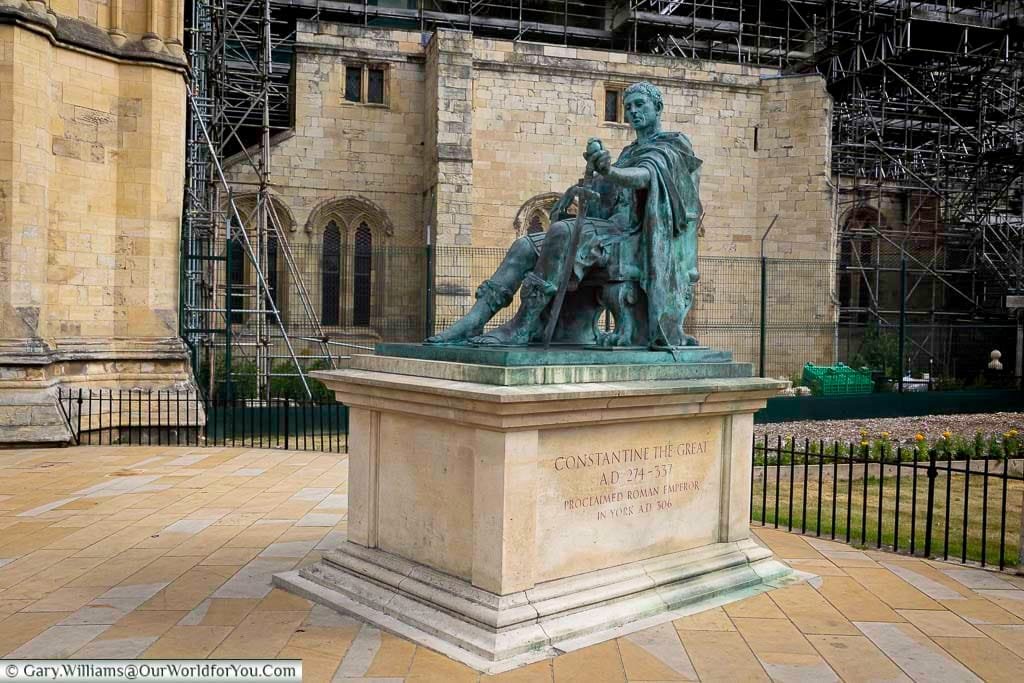
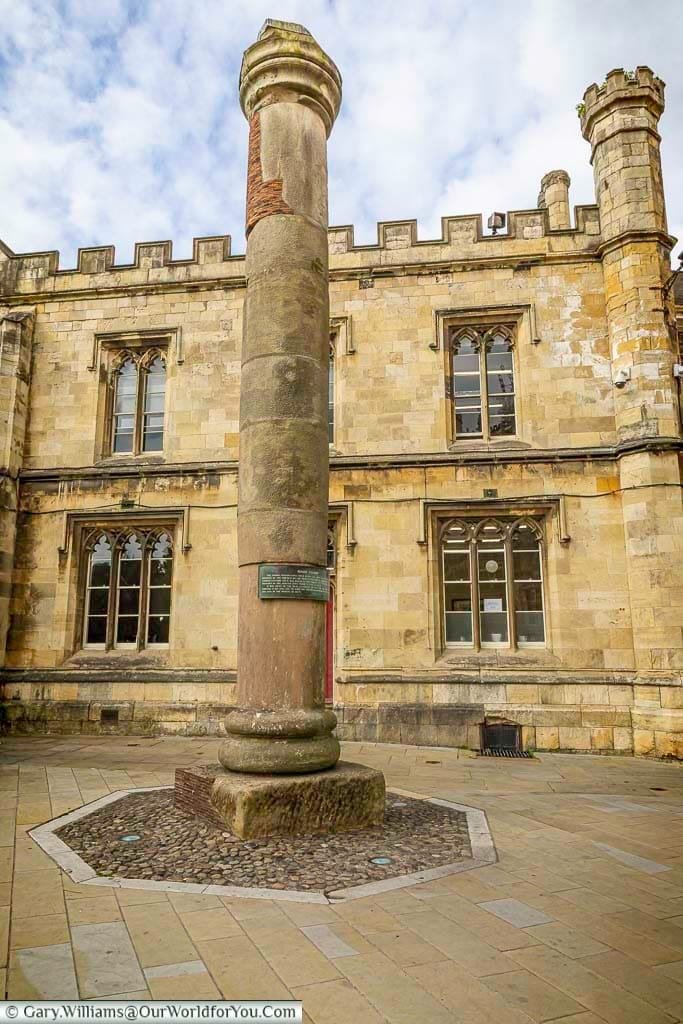
Following the decline of the Roman Empire, the city was taken by the Anglo-Saxons, who called it Eoforwic. However, it was the arrival of the Vikings in AD 866 that marked another significant chapter in York's history. The Vikings captured the city and renamed it Jorvik.
Jorvik became a major centre for trade and commerce. The popular JORVIK Viking Centre stands on the site of a major archaeological discovery of the Viking-age city.
Stay informed
And so, the York story continues
History at your feetThe medieval period saw York flourish; the Norman Conquest led to the construction of what is now known as Clifford’s Tower, having suffered through many tumultuous times and been used in various guises.
The jewel in York's medieval crown is the awe-inspiring York Minster. Its construction spanned 250 years, and its intricate stained glass, including the Great East Window, is a masterpiece of medieval art.
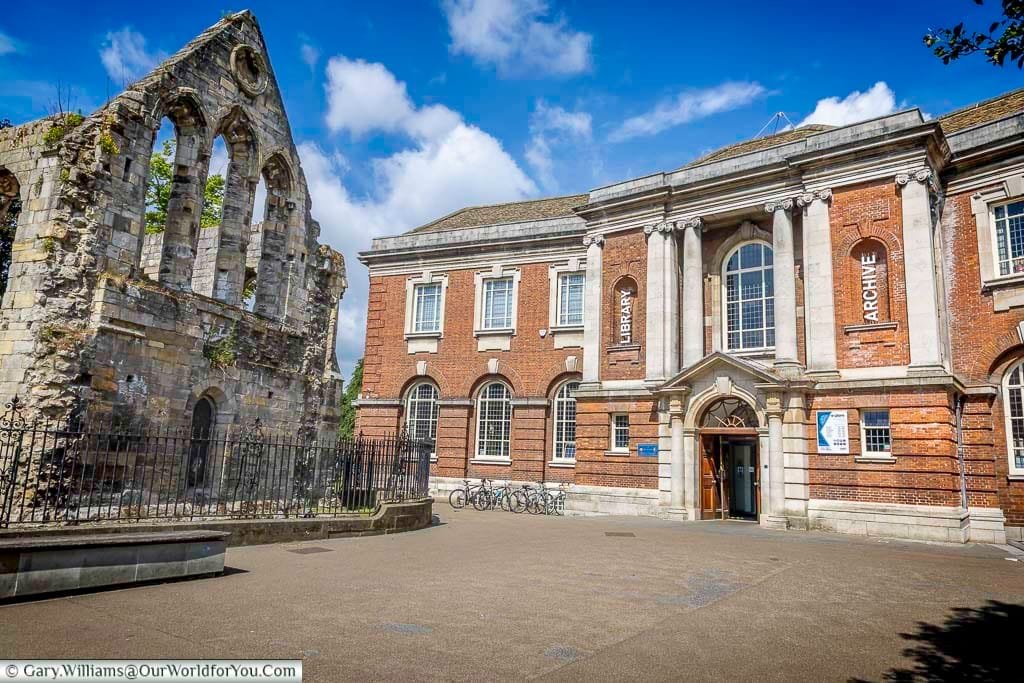
York’s defences were also significantly enhanced during this period, with the construction of the remarkable walls that still encircle the old city. A walk along these ramparts offers panoramic views of York.
Then came the arrival of the Tudor period, and King Henry VIII undoubtedly left his mark, destroying many Monastic houses during the Dissolution of the Monasteries. Around 30 years later, Guy Fawkes was born in York, and we all know his final agenda later in life. He is believed to have been born in what is now named the Guy Fawkes Inn.
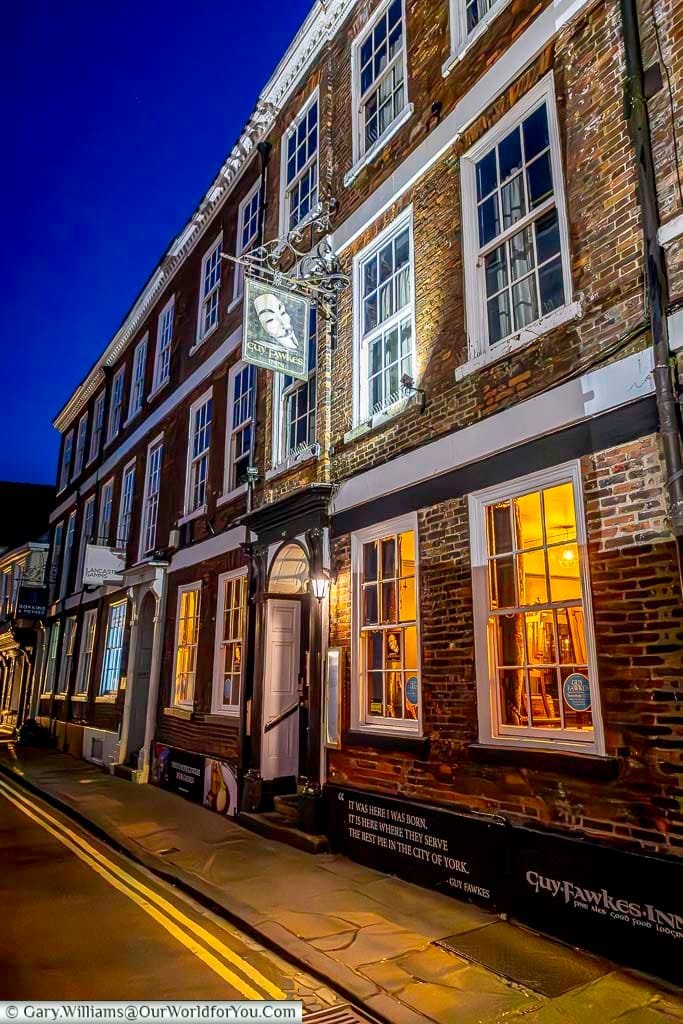
Where to stay in York
Exploring York’s city walls
Walking in the footsteps of history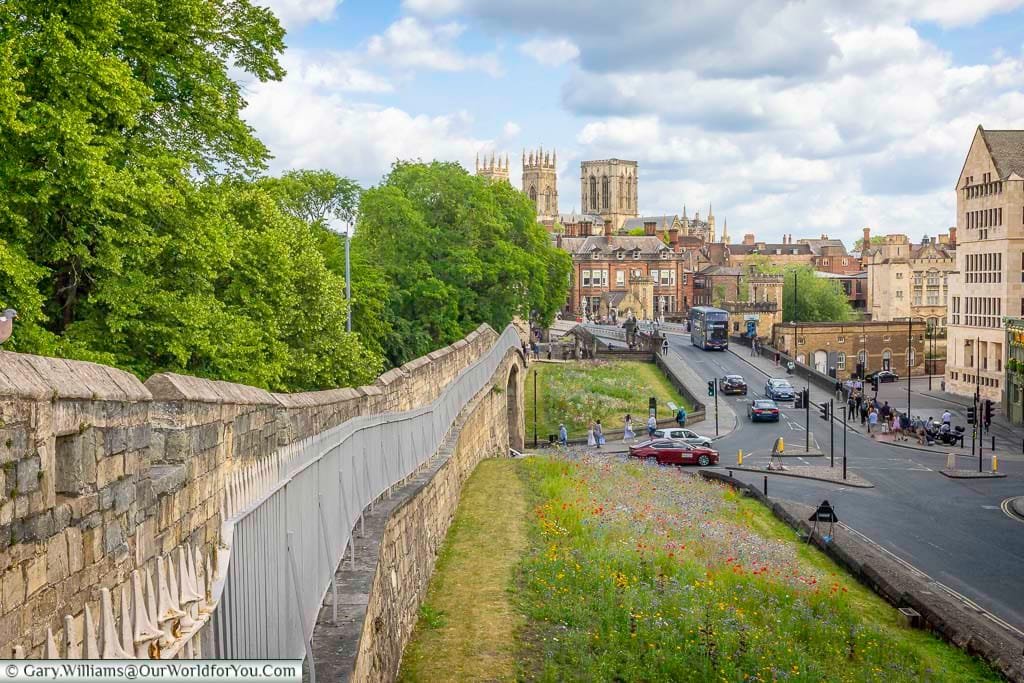
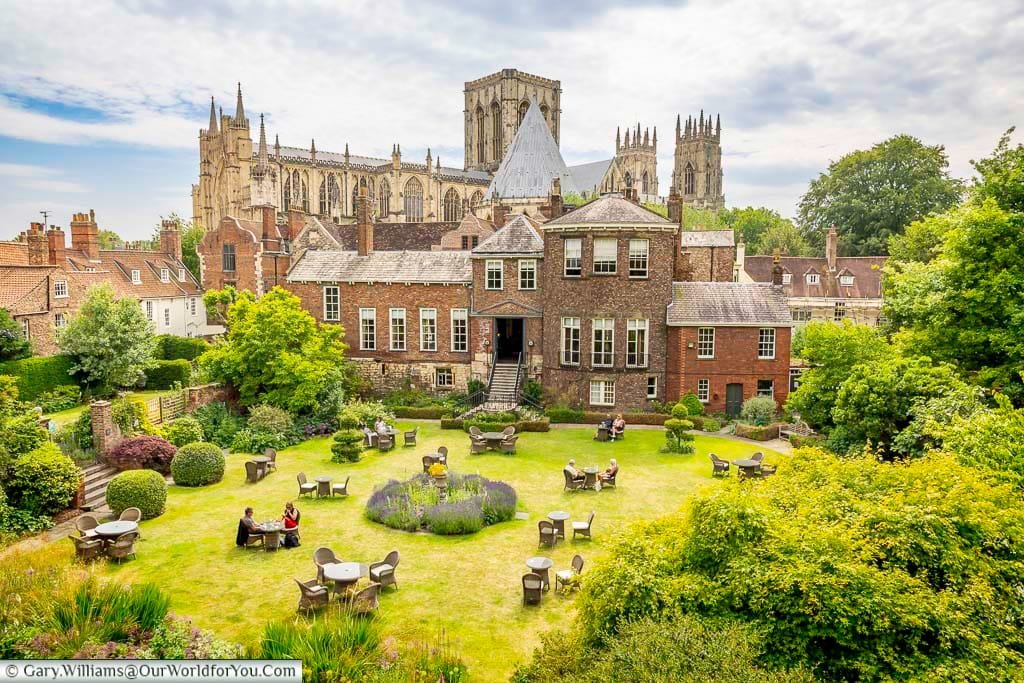
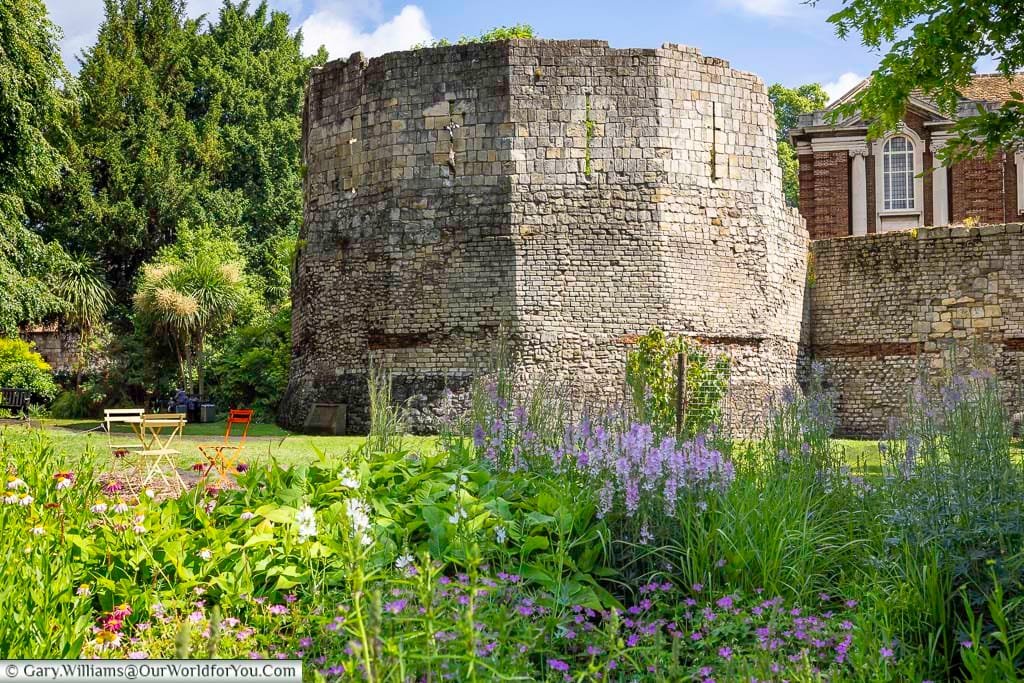
The majority of York’s stone walls visible today date from the 12th to the 14th centuries, having undergone significant restoration during Victorian times.
The walls are punctuated by four magnificent main gateways, known as "Bars," which historically served as fortified entrances to the city, controlling access and levying tolls. The four gates are called the Bootham Bar, Monk Bar, Walmgate Bar and Micklegate Bar.
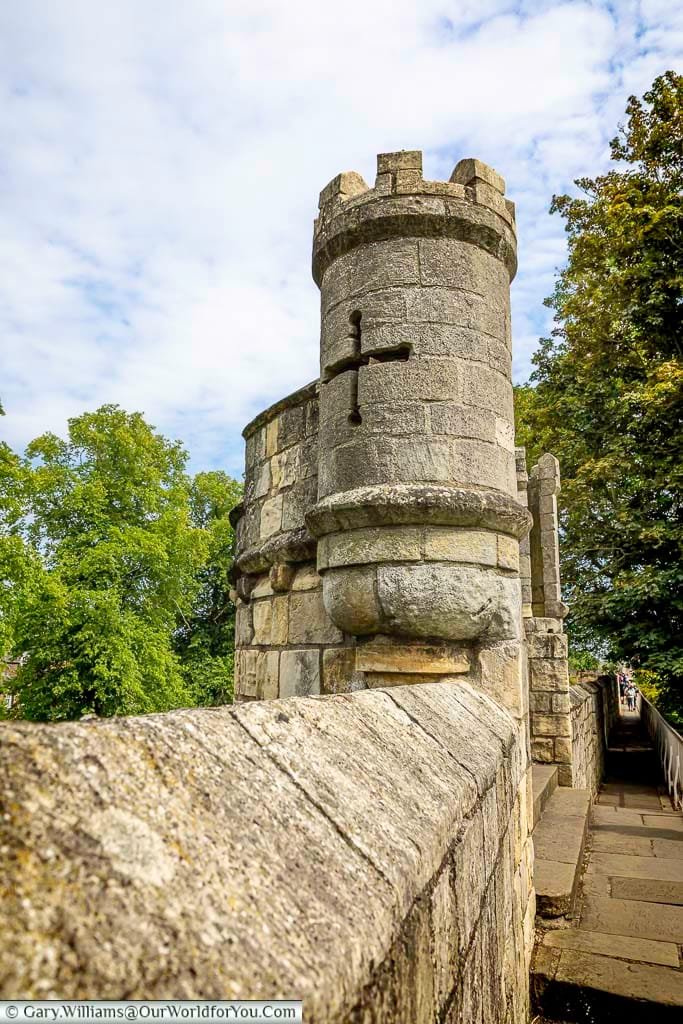
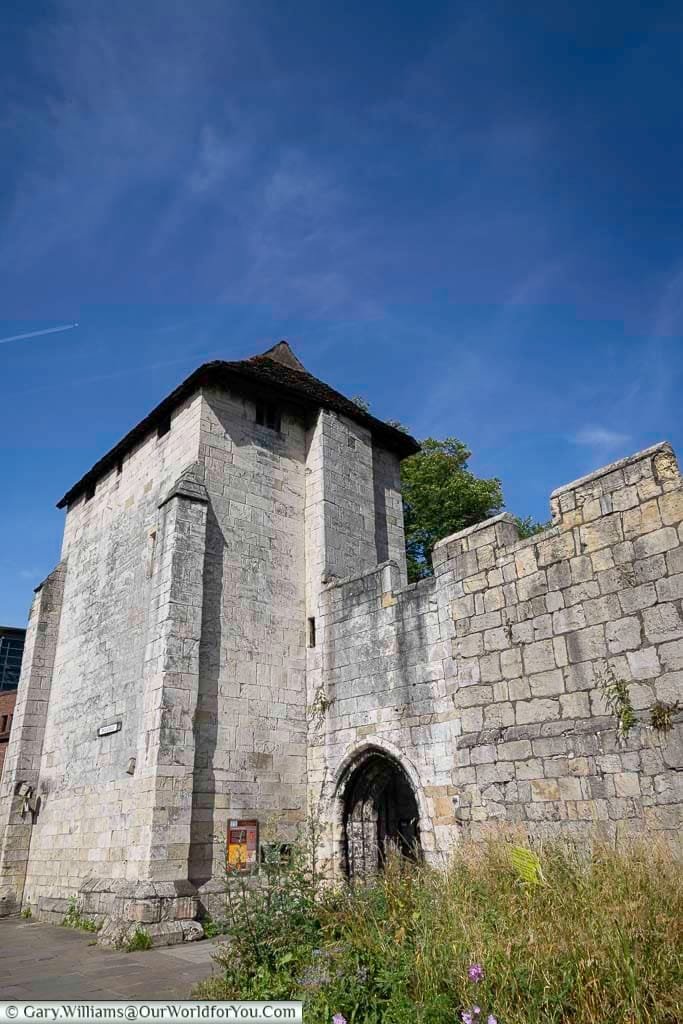
York Tourist Information
Visiting York Minster
A Gothic MasterpieceYork Minster, the Cathedral and Metropolitical Church of Saint Peter in York, is a magnificent piece of Gothic architecture and proudly stands in the heart of York’s historic centre. It was consecrated in 1472; however, the first recorded church on the site was a wooden structure built in 627.
York Minster was subsequently rebuilt in stone, but it is the present Gothic cathedral, constructed between 1220 and 1472, that truly dominates the city's skyline.
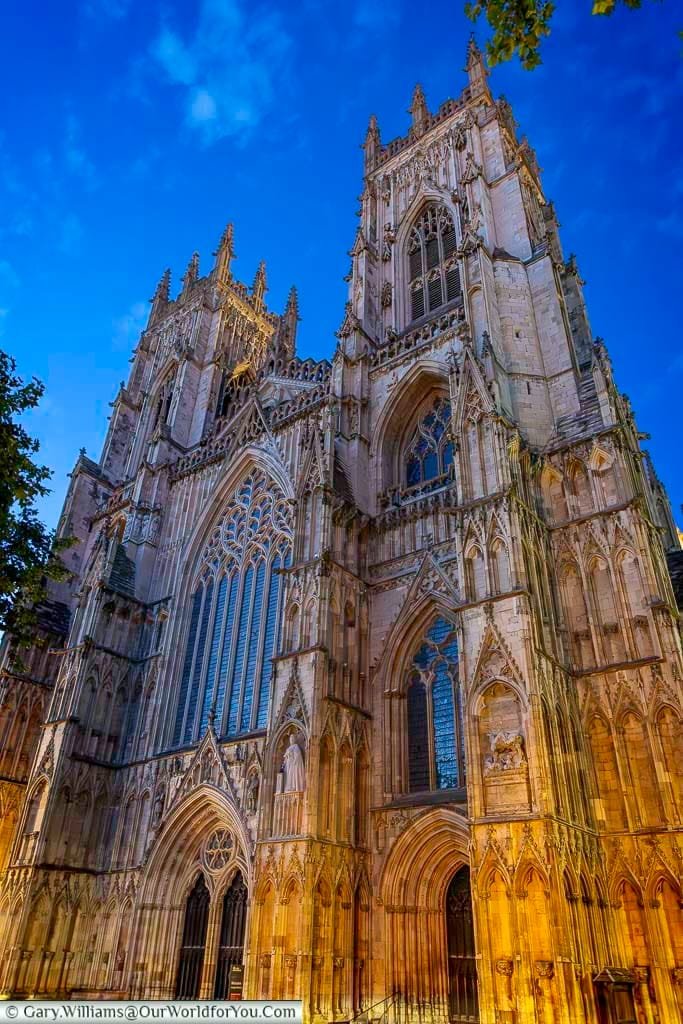
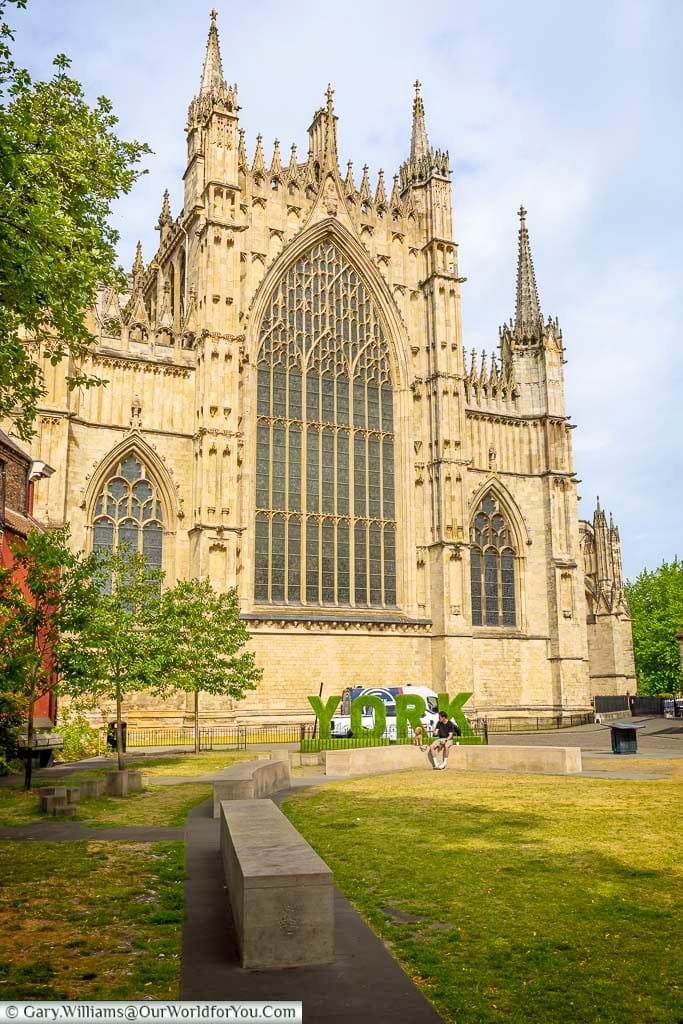
As we stepped inside the Minster, the first wow moment was the vast central nave with its incredible vaulted ceiling. The construction of the current Minster was an enormous task that unfolded over 250 years, resulting in a melting pot of stunning Gothic architecture.
The soaring North and South Transepts were built in the Early English style, while the nave and the octagonal Chapter House showcase the Decorated style. The Choir and the impressive Central Tower were completed in the later Perpendicular style.
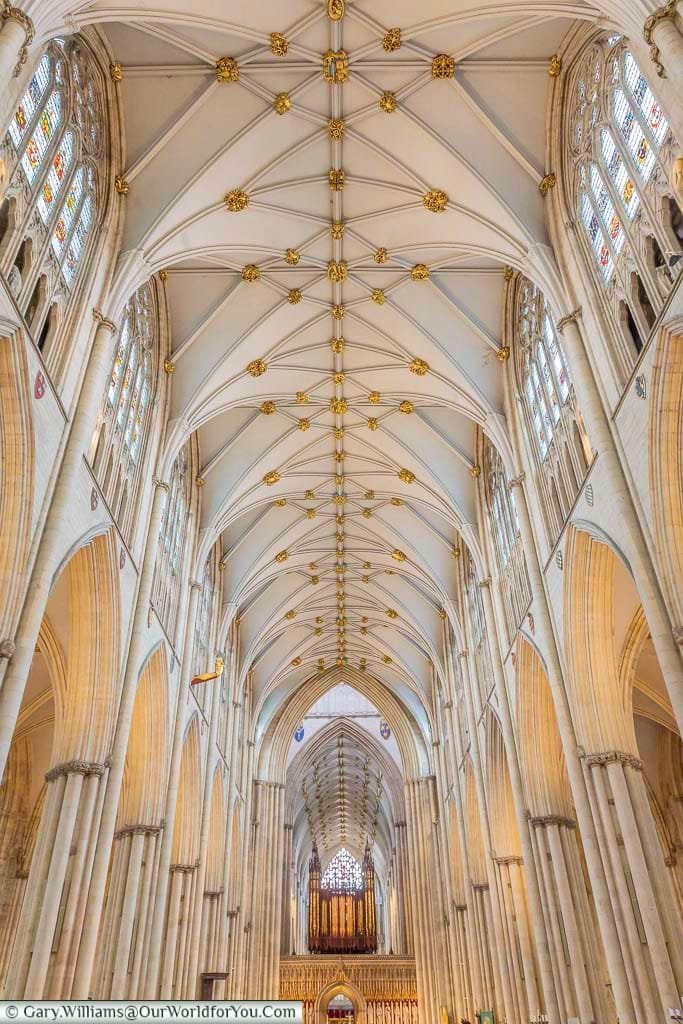
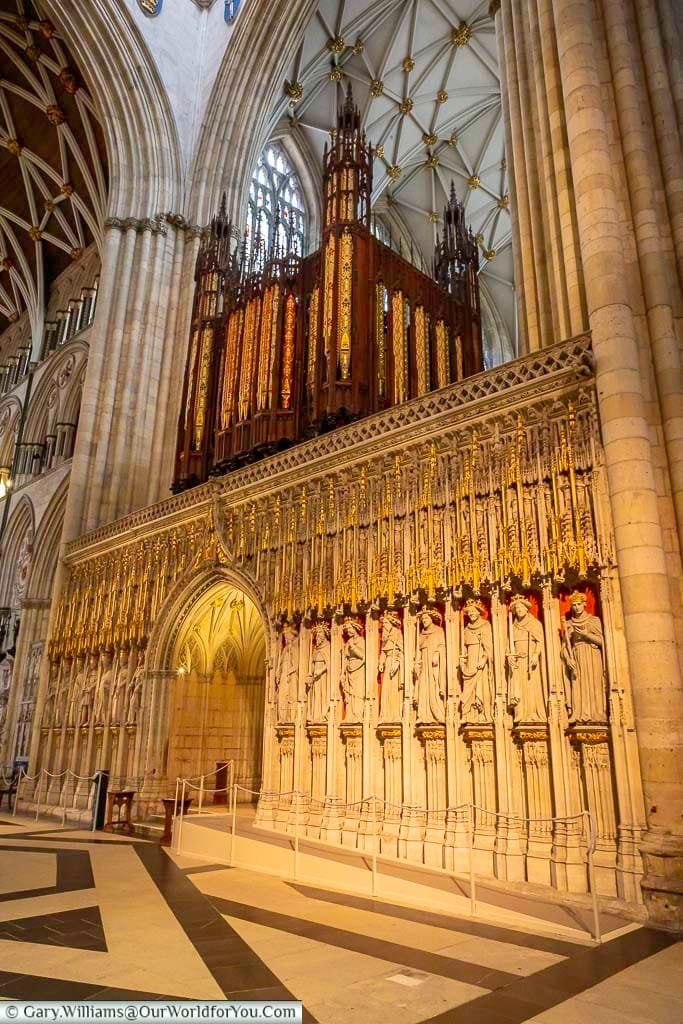
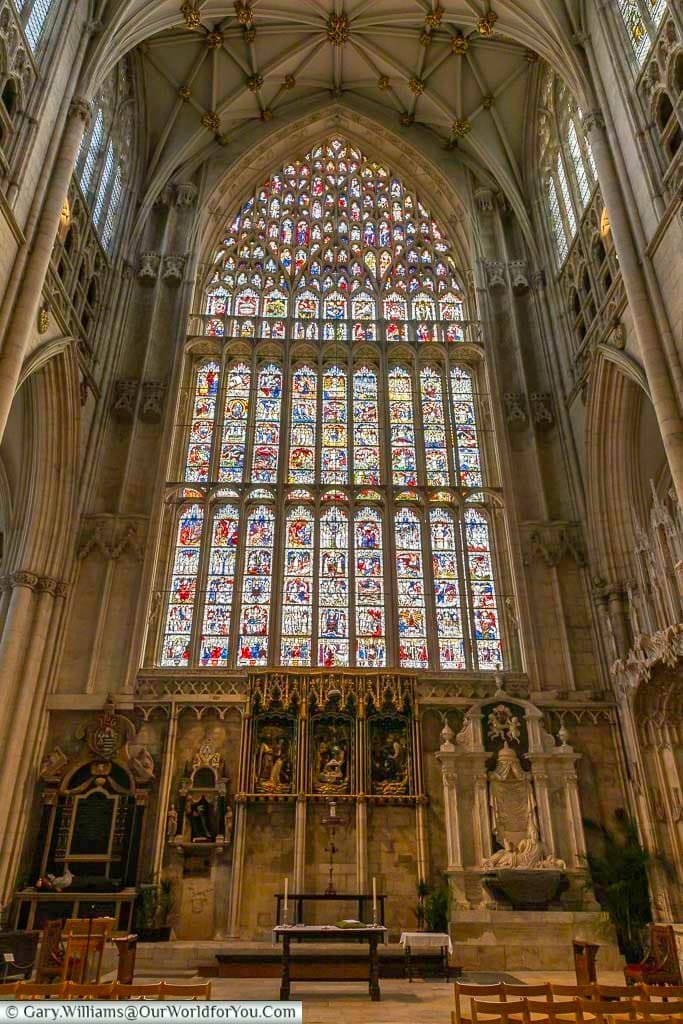
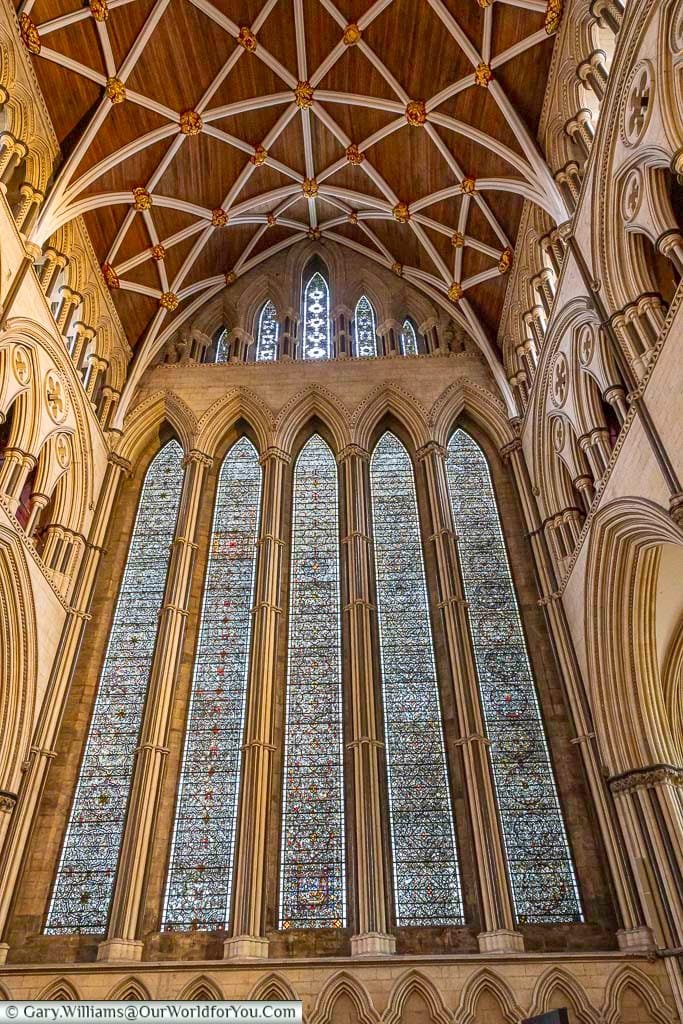
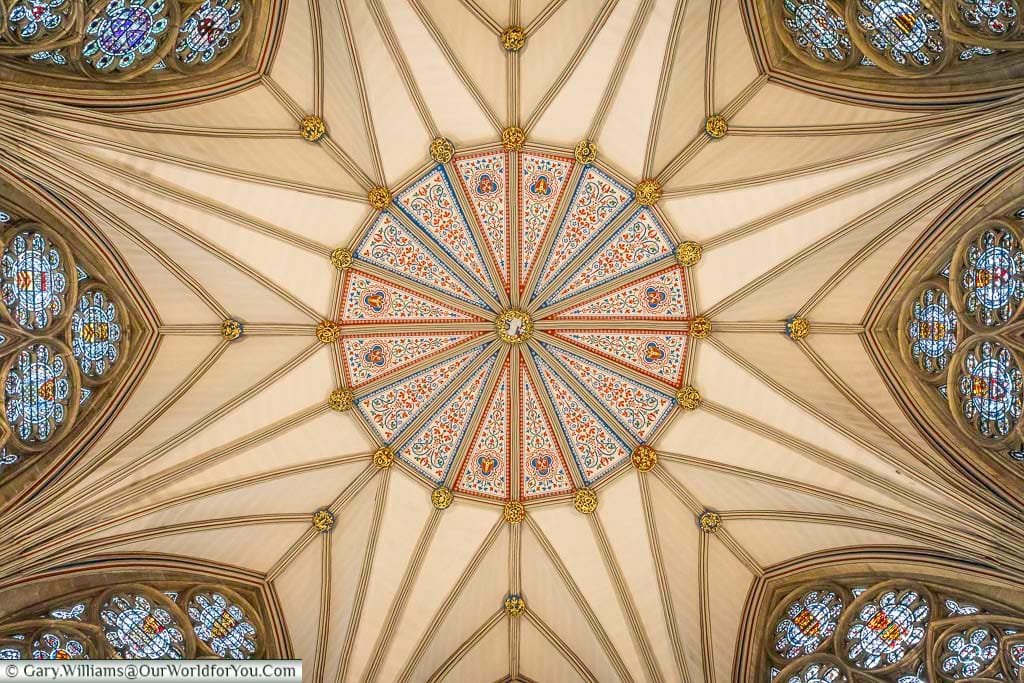
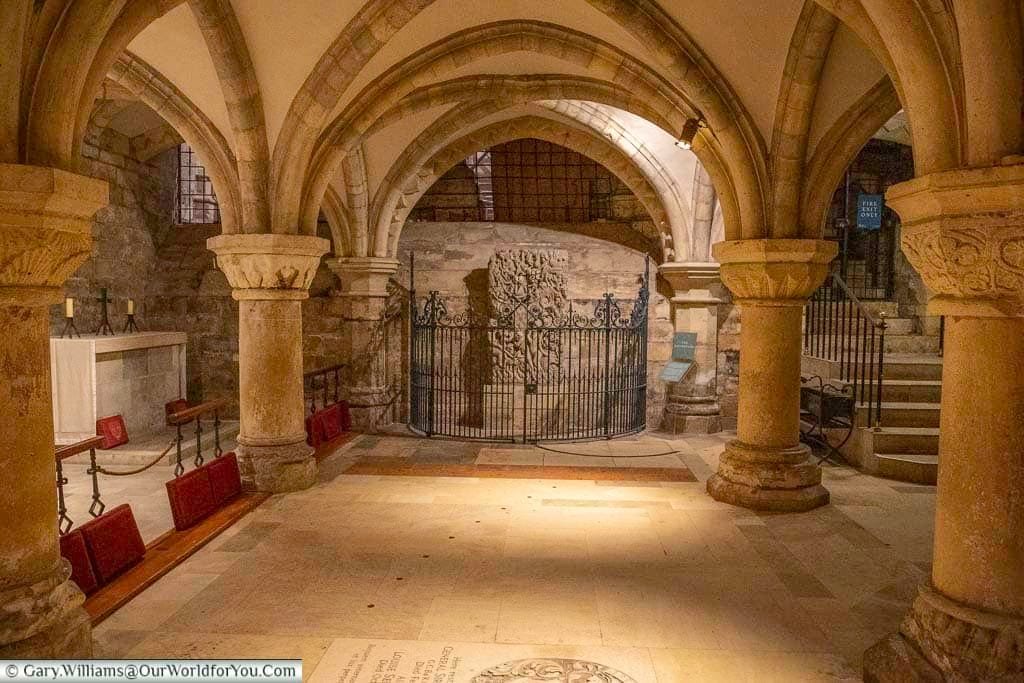
During your visit to York Minster, you must head beneath the hallowed floors to the crypt, the oldest part of the present-day cathedral. Exploring the depths of this sacred ground to come face to face with the relics of both Roman and Norman presence on this historic site.
When we visited York Minster, we were lucky enough to catch a small snippet of filming for the Channel 4 TV crime drama Patience. It’s great to see beautiful locations like York being utilised in this way.
Discovering the lanes of York
A step back in time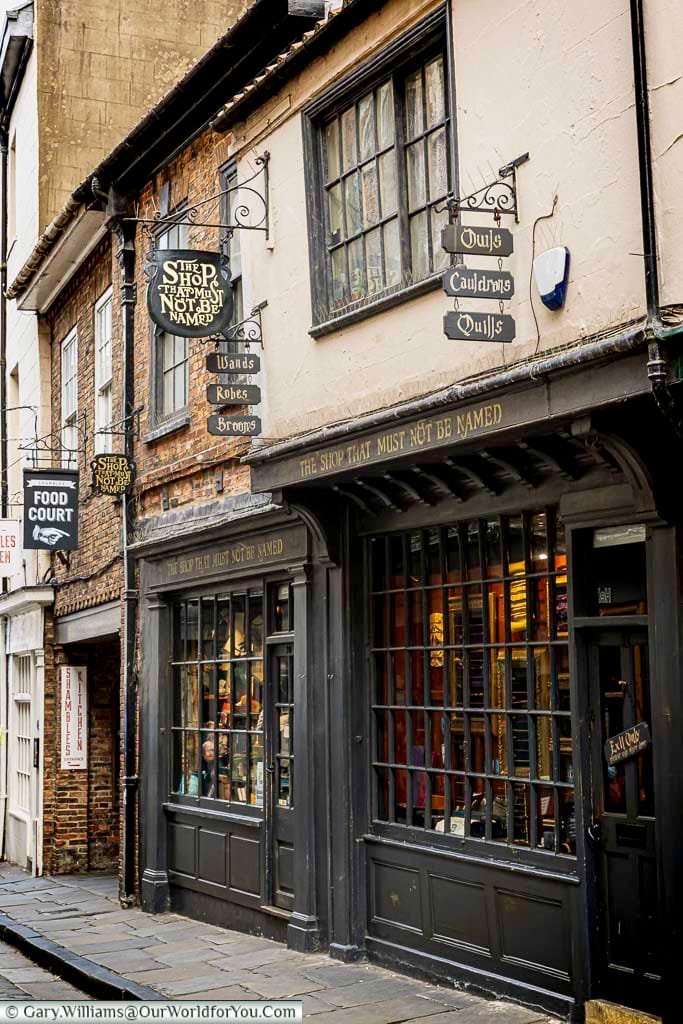
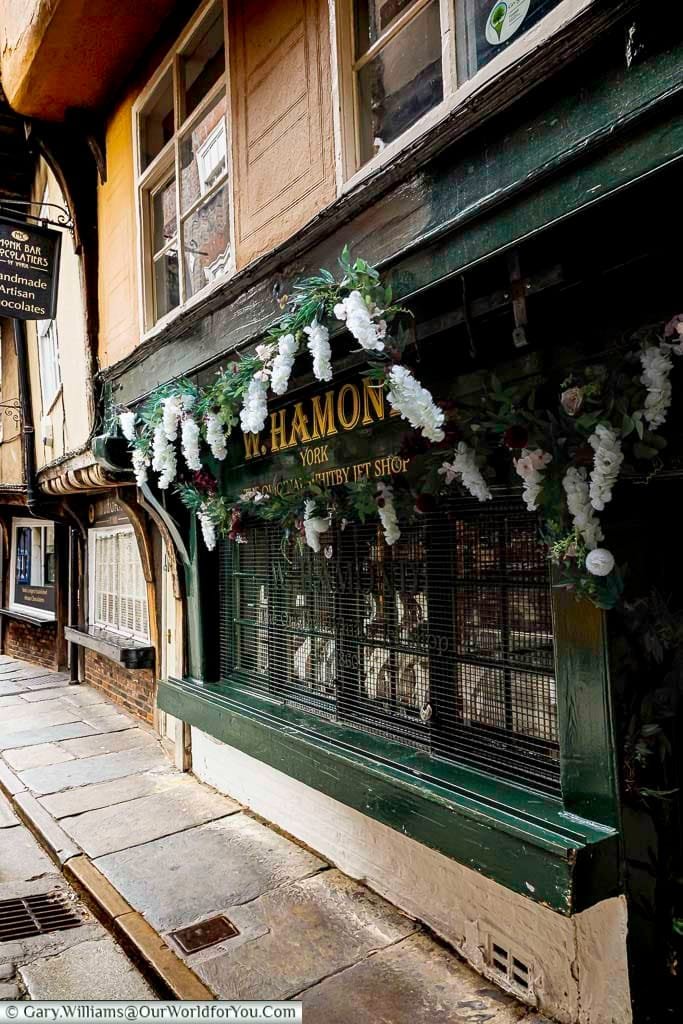
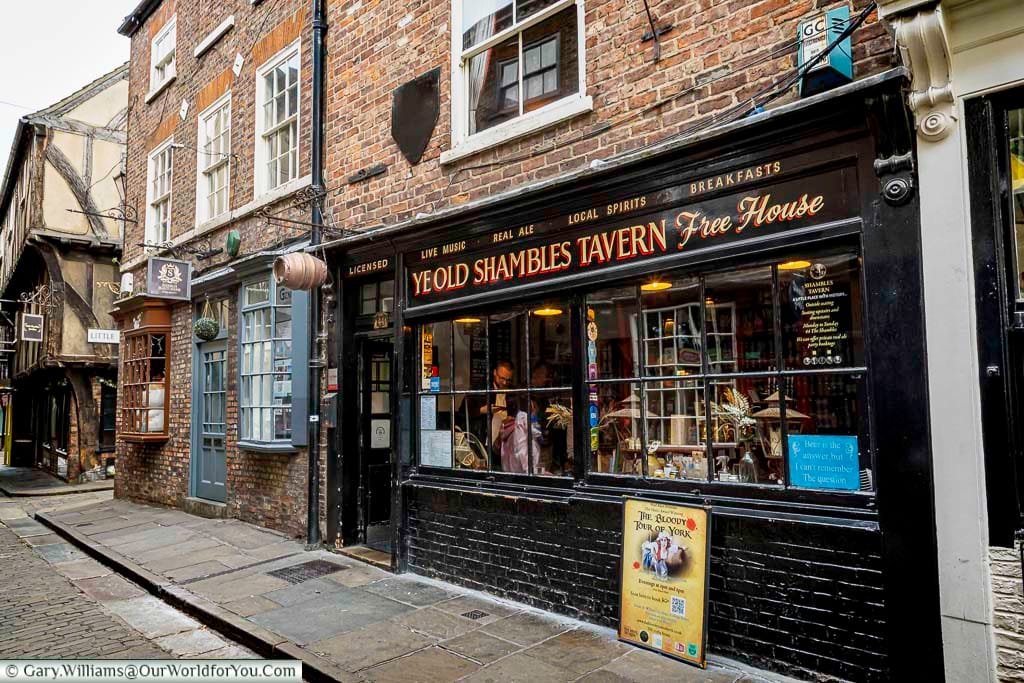
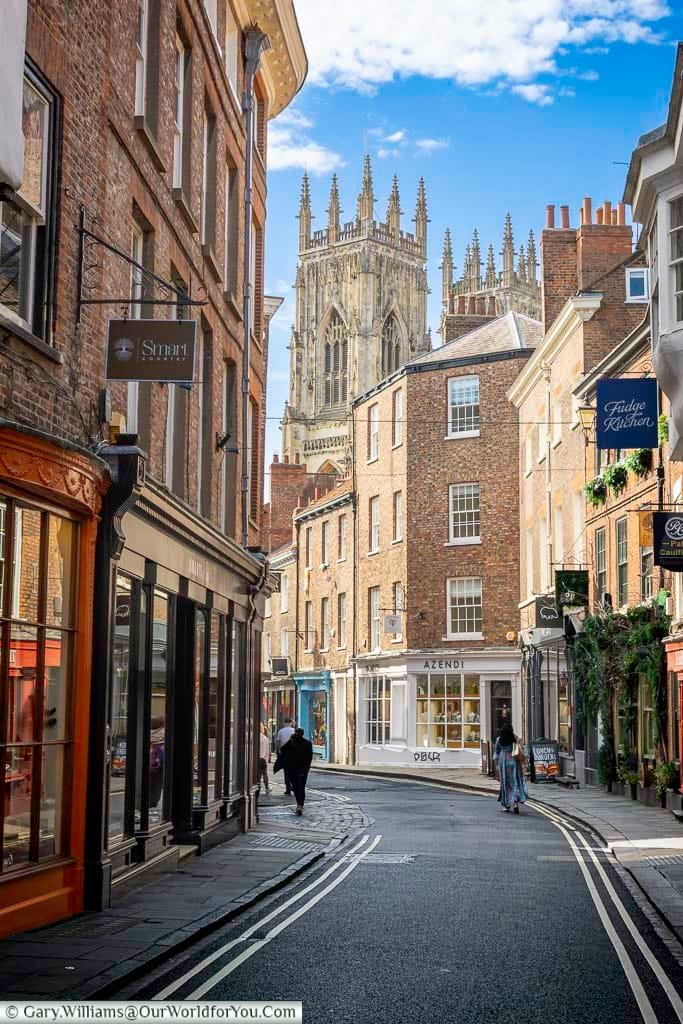
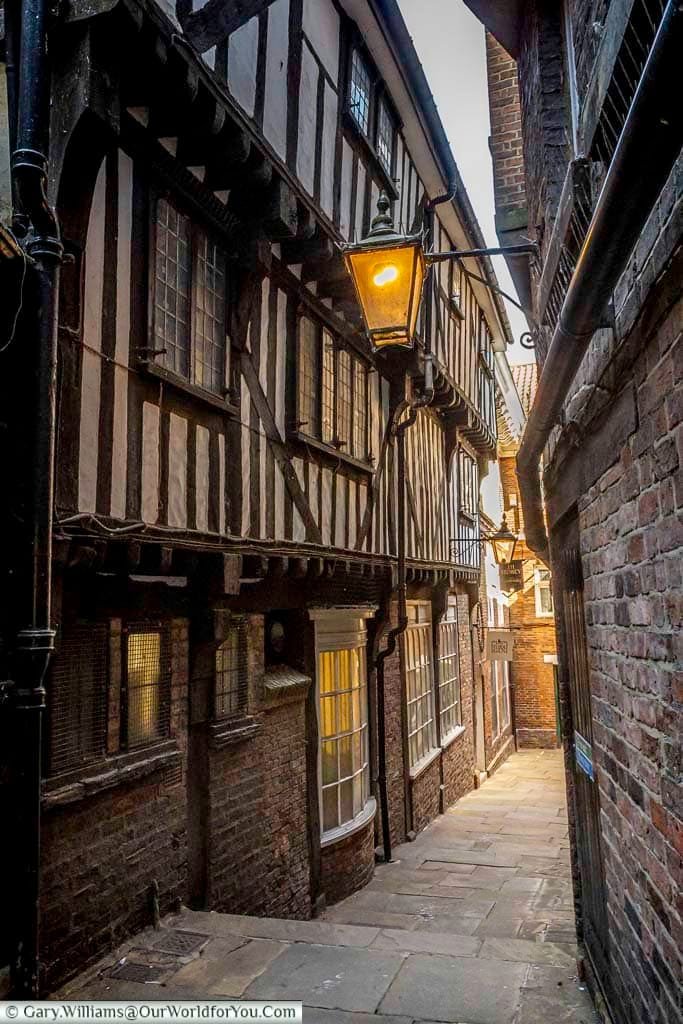
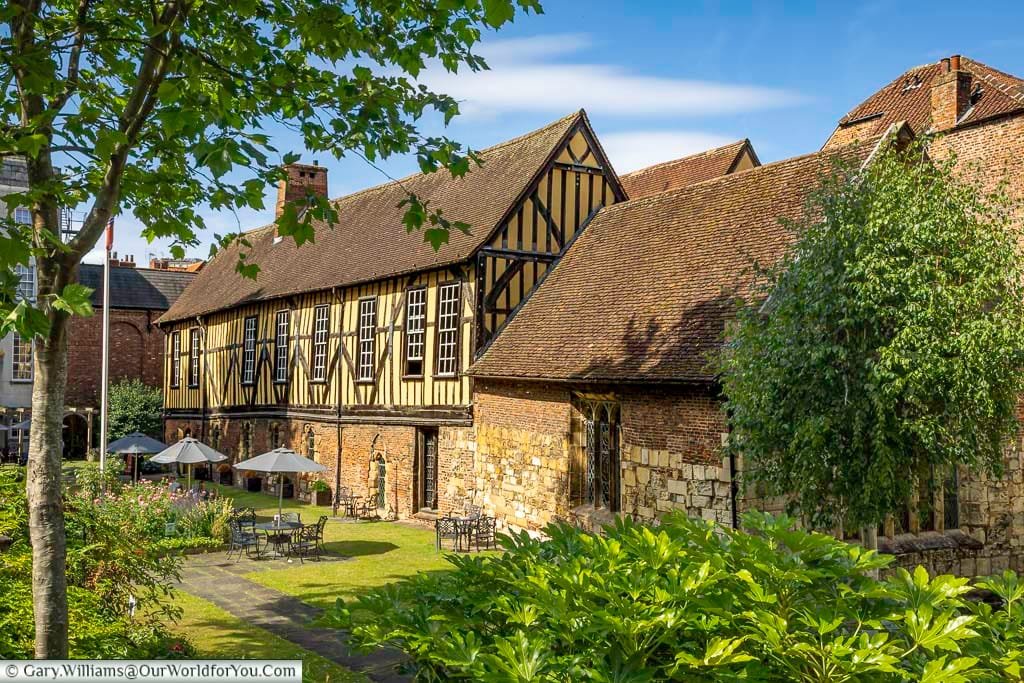
If you're intrigued to visit the historic city of York and the countryside beyond, then why not check out The Rough Guide to Yorkshire? Full of helpful advice, interesting facts and time-saving tips.
You can pick it up for your Kindle or in good old paperback.
Exploring York Museum Gardens
The Romans left their mark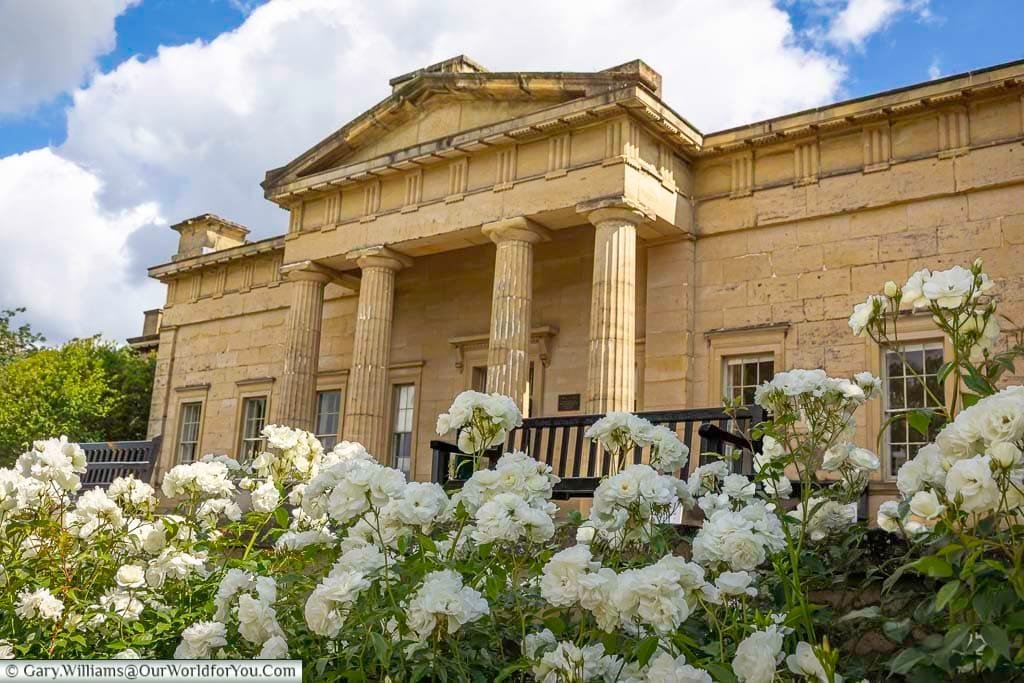
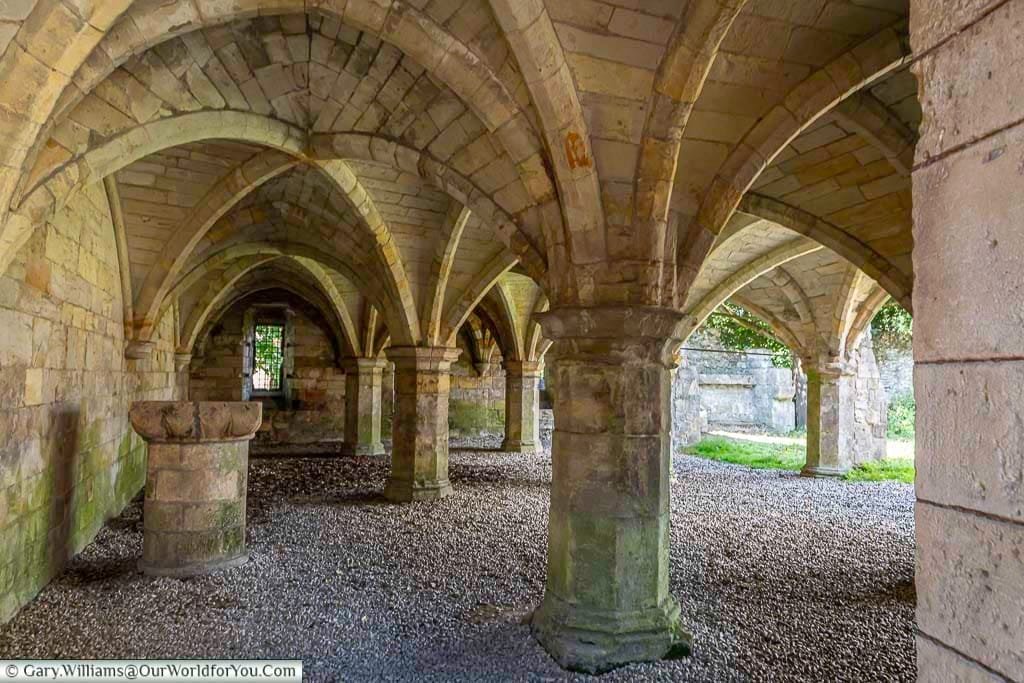


The magnificent abbey buildings were converted into a palace for Henry VIII when he visited York. The palace gradually fell into ruins and was used as agricultural buildings.
It’s such an emotive place to visit, along with sections of the Abbey walls, you can see the remains of the ancient nave.
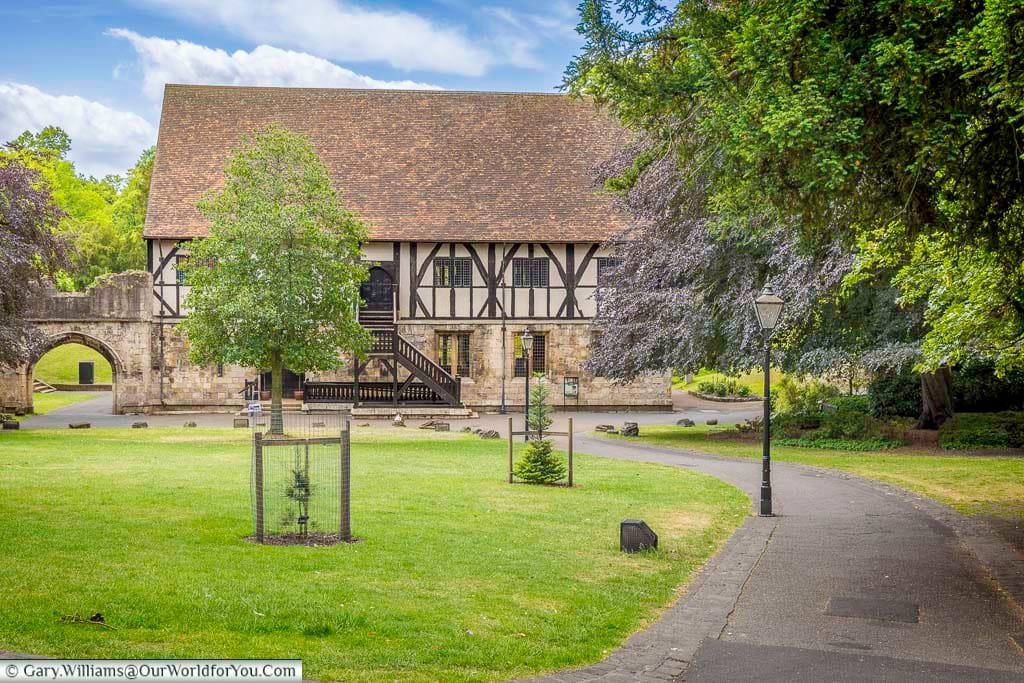
York’s fascinating tales continue
From the Tower to the Treasurer’s House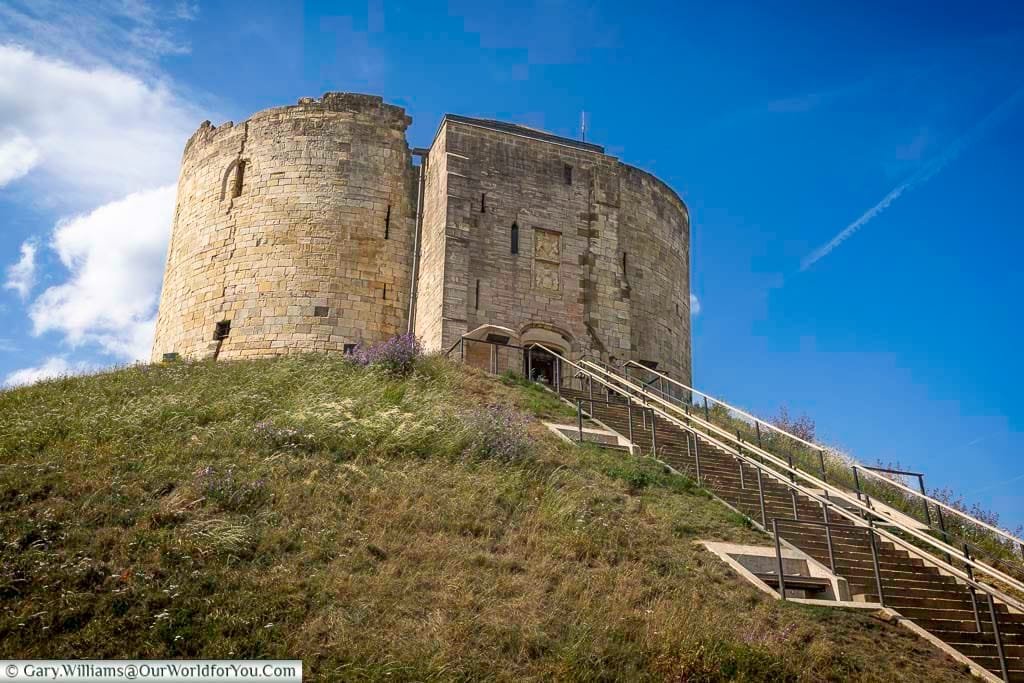
Clifford's Tower is now in the care of English Heritage. After significant renovations, you can journey through time within the prominent tower and enjoy panoramic views of the historic city beyond.
Clifford's Tower begins with William the Conqueror, who erected a motte-and-bailey castle on this site in 1068 to assert Norman control over the rebellious north. The original timber structure was destroyed by a Viking army in 1069 and rebuilt before being replaced by the current stone tower in the 13th century under the orders of King Henry III.
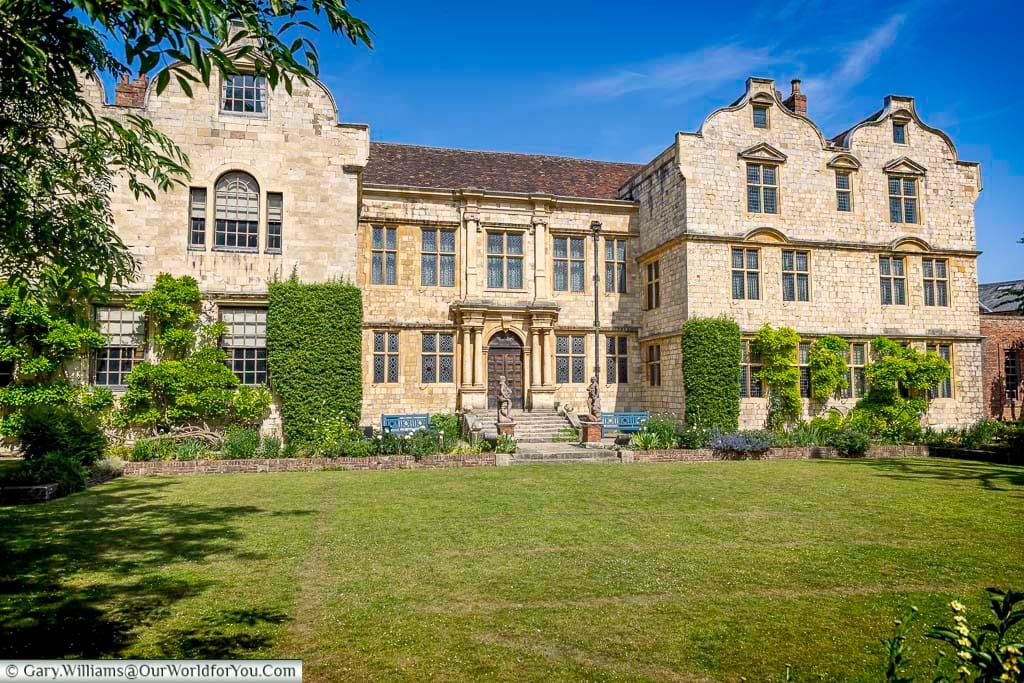
Another historical gem to seek out is Treasurer’s House, tucked away in the shadow of the magnificent York Minster. This beautiful house and tranquil garden are managed by the National Trust.
This elegant Grade I listed townhouse is as famous for its meticulously curated interiors as it is for its ghostly apparitions. The house was rescued from obscurity in 1897 by Frank Green, a wealthy industrialist and passionate collector.
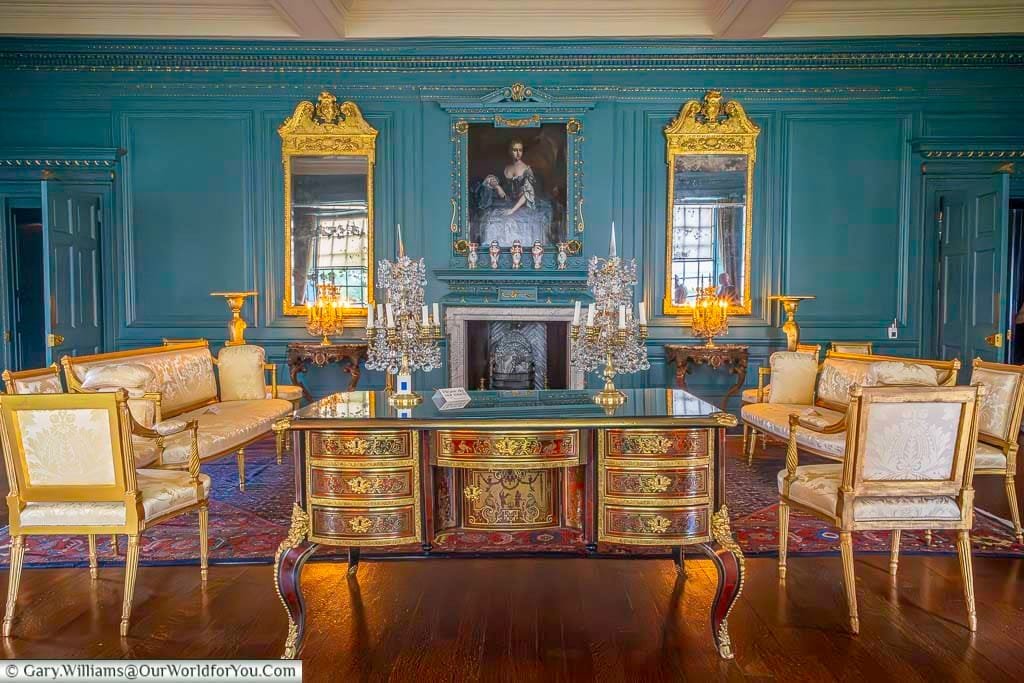
Green purchased the various parts of the house and embarked on an ambitious restoration project with the architect Temple Moore.
His vision was not to create a historically accurate replica, but rather a "house of antiques" that would serve as a grand backdrop for his extensive collection of furniture, art, and decorative objects.
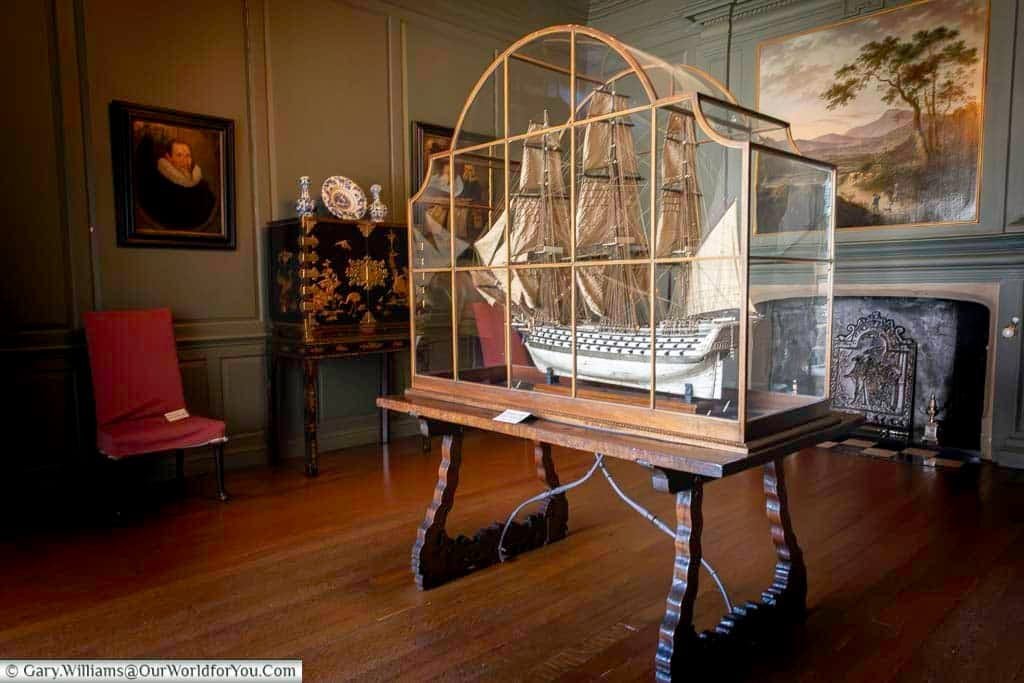
Green's exacting standards are legendary; he is said to have insisted on a particular shade of green for the paintwork and to have meticulously planned the placement of every object. In 1930, he gifted Treasurer's House and its entire contents to the National Trust.
When Mr. Green gave the house to the Trust, it was under the condition that the rooms would be kept exactly as he intended. If any changes were made, he vowed to return to haunt the building.
I wonder whether he’s returned since.
Escape for a few days
Are you in search of a tranquil hideaway to relax and unwind in, while you discover the beautiful British countryside?
Browse through the handpicked properties and unique retreats at Holiday Cottages.
More to see and do in York
Cafés, Railways and Highwaymen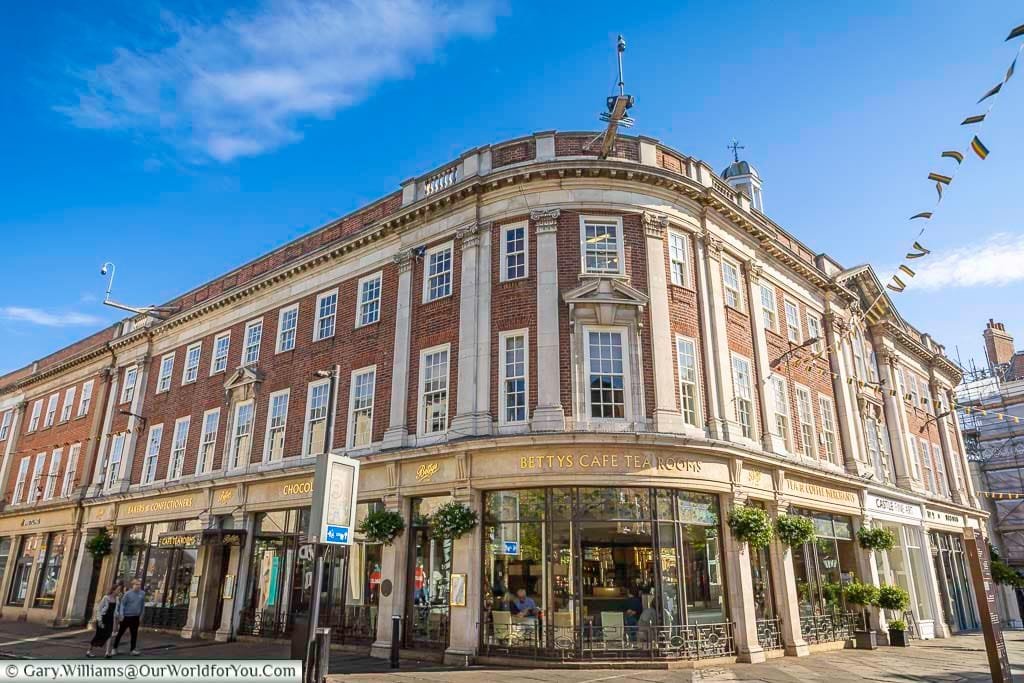
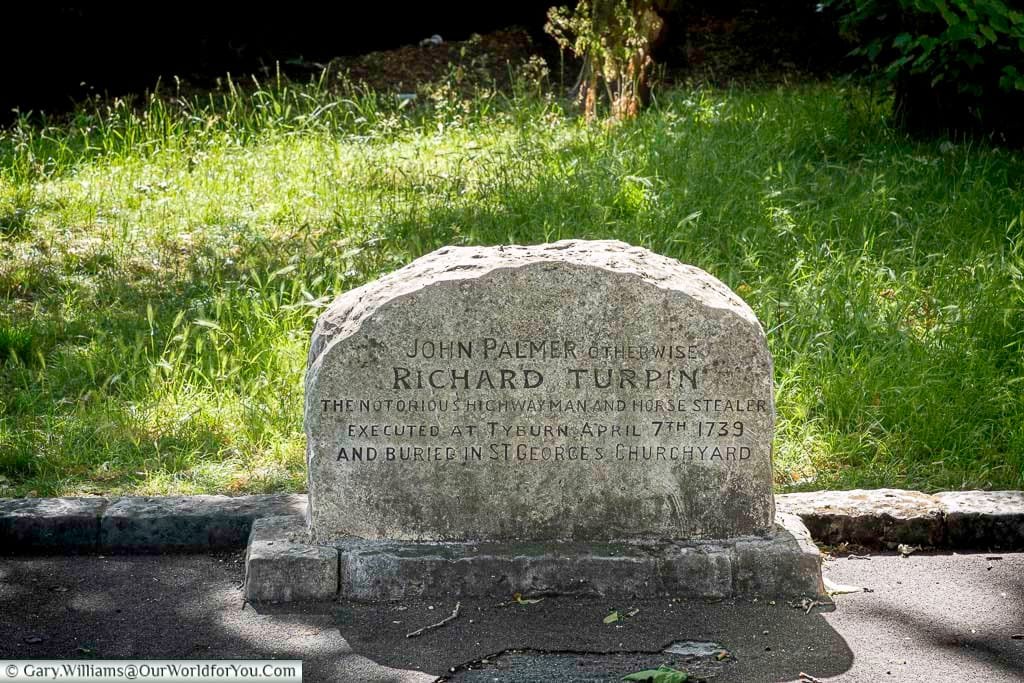
One little quirky visit we did make was to the purported burial site of Dick Turpin’s grave, which is at St. George’s graveyard, Fishergate. Dick Turpin was an English highwayman in the early 1700s whose exploits were romanticised in novels and films for centuries.
He was convicted of horse theft in York in 1739 and was executed by hanging.
We really enjoyed our visit to York and hopefully it won’t be our last.
We have a few of these books on our shelves by Christopher Winn; they are so fascinating and reveal hidden secrets across the UK.
Packed full of historical facts, intriguing journeys, and snippets of life. It tells tales of history you could never imagine through our ancient lands.
Available in Kindle & Hardback editions, it's an excellent addition to anyone's collection who loves history and legends.
* This post may contain links to affiliated sites where we earn a small commission at no additional charge to you.


